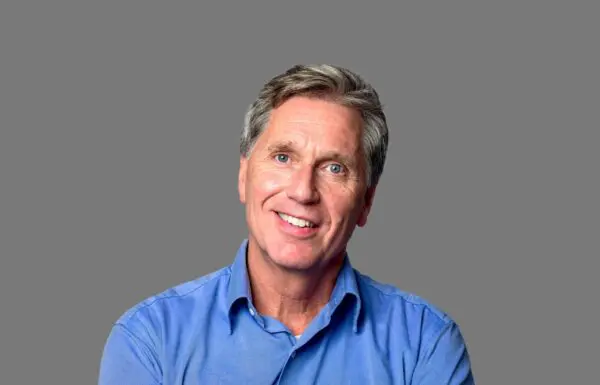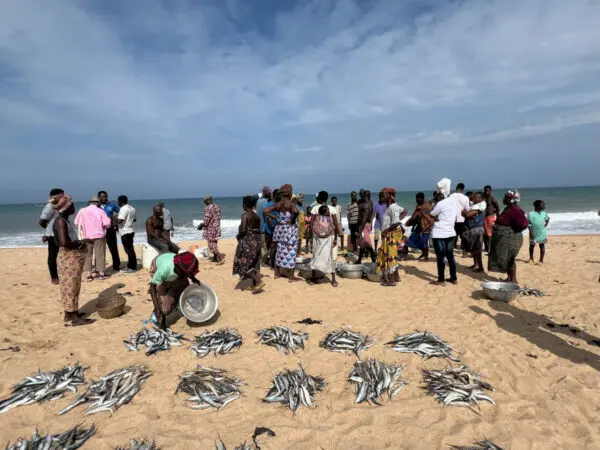Arthur Neher
Senior Advisor Environmental and Social Assessment


Coastal erosion is a natural phenomenon along the West-African coast. Human activities, obstruction of natural river flows through dams, and sea level rise and more extreme weather events induced by climate change are aggravating this process. Current protection measures are using concrete lining of the coast and the use of rock structures such as groynes are the first line of defence. However, these hard structures can change the coastal dynamics and speed up erosion elsewhere. Therefore, following the global mind shift of transposing hard infrastructure to more soft and natural solutions are becoming more into focus.
Using funding from the Netherlands Water Bank, the Blue Deal Programme under its current Memorandum of Understanding with the Ministry of Environment, Science, Technology and Innovation (MESTI), Ministry of Works and Housing (MWH) and the Water Resource Commission (WRC) is looking into developing a suite of natural protection options for the Ghanaian coast. One of these options is developing a sand engine. The NCEA has been requested to participate in a series of meetings to assess the pro’s and con’s of such solution, and to advise of using SEA as a tool in the decision-making process for coastal protection and maintenance.
The Blue Deal Programme and its Mou with respective government partners is part of the overarching Delta Approach for the Coast of Ghana. The objective of this approach is to build a long term solid multi sector framework to deal with present and upcoming issues. During a first workshop in June 2024 different stakeholders will assess the use of nature-based solutions for coastal protection. Although ideally SEA would need to assess the various options for coastal protection linked to an overall plan, currently the option of developing a sand engine is explored.
The sand engine or sand motor is a type of beach nourishment where a large volume of sediment is added to a coast. The natural forces of wind, waves and tides then distribute the sand along the coast over many years, preventing the need for repetitive beach nourishment. The method is expected to be more cost effective and also reduces the repeated ecological disturbances caused by replenishment and is expected to have less negative consequences as a concrete protection. Although several benefits are known of a sand engine, knowledge remains scarce. Available knowledge of existing sand motors such as operational in The Netherlands, and assessing additional information should lead to a more balanced scope for introducing this technique to Ghana.
The workshop in June aims to develop an assessment framework for coastal protection using nature-based solutions, with particular focus on the sand engine. The framework shall clearly describe the criteria and parameters to assess the effects of alternatives on e.g. coastal safety, nature, recreation, other features (fishery, navigation, environment as energy, light, noise, visibility), practicality, and costs and benefits.
The assessment should include a description of the expected morphological processes and lead to:
The NCEA participates in the series of workshops to provide information on the use and support of SEA in the decision-making process, to develop a roadmap guiding the process, provide information on expected environmental and social impacts, and to provide information on specific EIA aspects encountered in developing the Dutch sand engine.